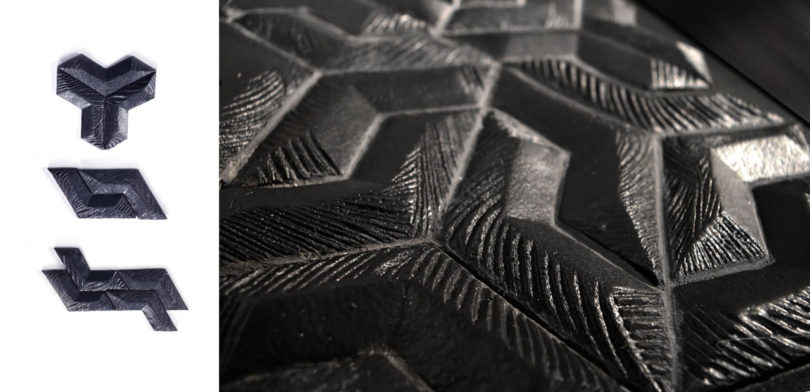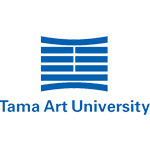Future Craft: Japan + Thailand
- Social Entrepreneurship
- Sustainable Development
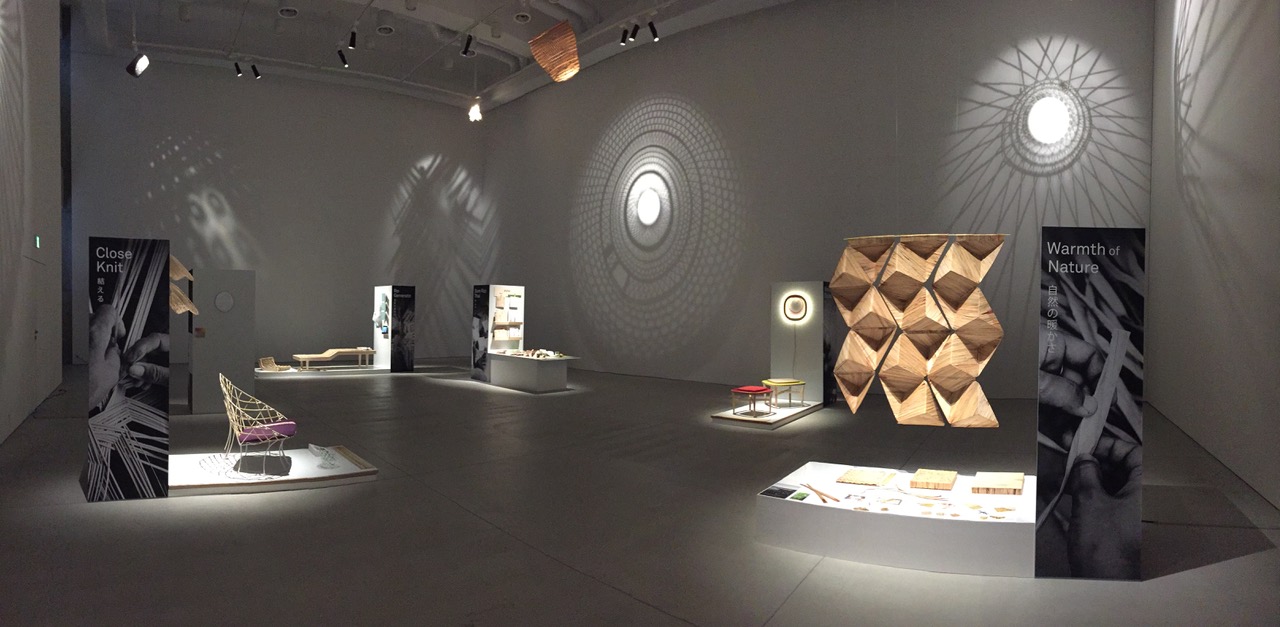
Fall 2016
Connecting Across the Pacific
In FUTURE CRAFT Japan+Thailand, the 11th annual Pacific Rim collaboration between ArtCenter College of Design in California and Tama Art University in Tokyo, Japan, students and faculty from both schools collaborate to envision new opportunities for design to create social impact with artisans in Northern Thailand, in partnership with the Lanna Culture & Crafts Association and the Thai Ministry of Industry.
Project Brief
Contemporary Design Meets Thai Craft
The studio challenged students to create designs that extend Northern Thai craft traditions to global markets, create value for artisan villages, and innovate with renewable natural materials. Inspired by their hands-on experience working with Thai artisans, student teams designed new lighting, furnishings, home goods, and sustainable materials innovation.
Three key principles guided the project:
- Social Impact: How can we work together to create value with families living in crafts villages across Northern Thailand?
- Extending Traditions: As craft traditions worldwide risk disappearing, how can we extend the rich history of Thai craft to meet a contemporary global market?
- Bio-material innovation: How can we develop material innovations to bring new life to agricultural byproducts and renewable natural resources—such as water hyacinth or banana stalks—which currently cause pollution when burned?
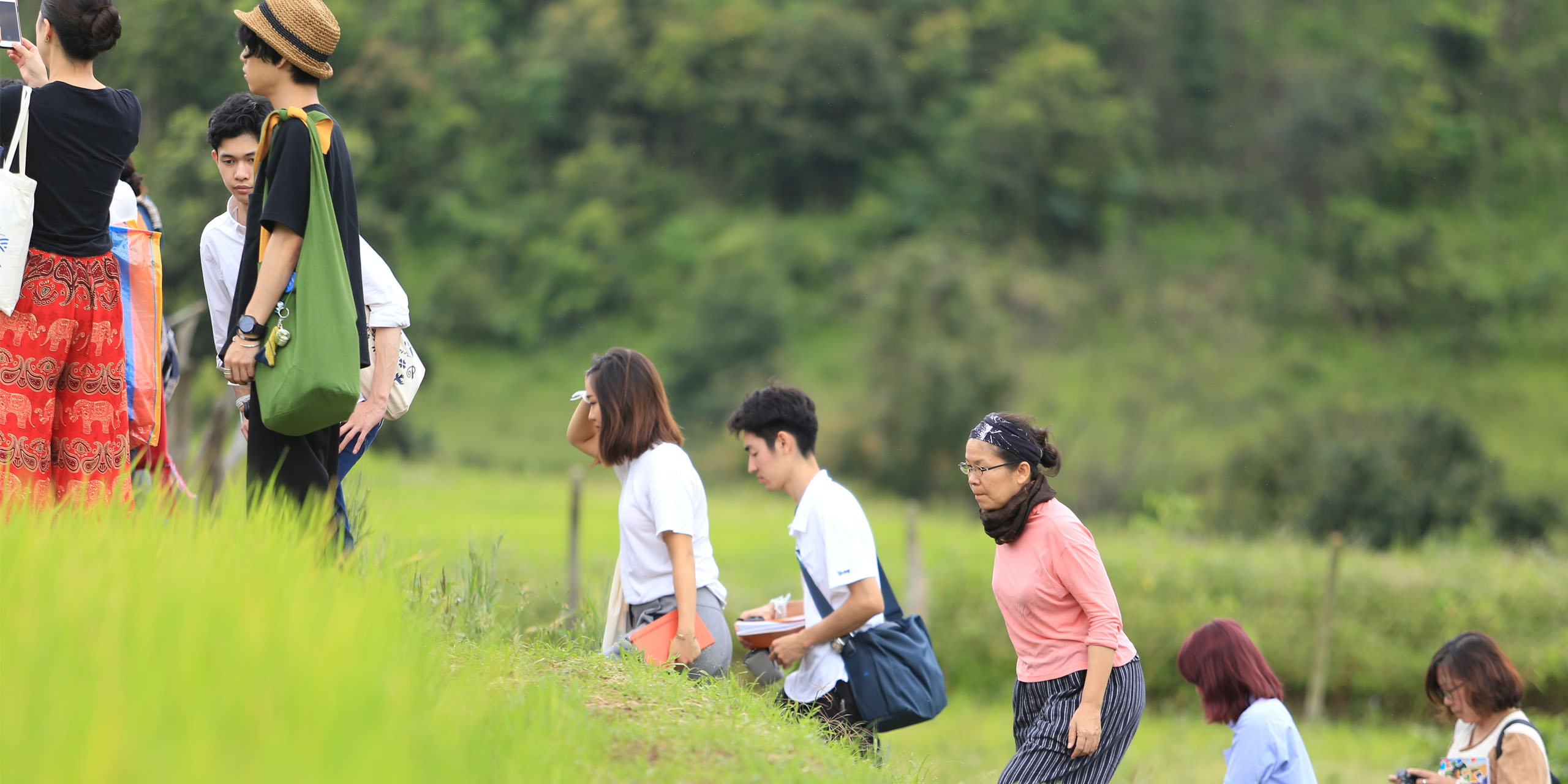
Field Research Trip to Northern Thailand
A field research trip to experience Northern Thailand’s rich “Lanna” craft heritage—including basketry, weaving, wood carving & natural fibers—drove the Fall 2016 term-long collaboration project, hosted at Tama Art University’s campus in Tokyo. Twelve fashion & textile design students from across Thailand joined the research trip, to connect and share cultures with the twenty Tama and ArtCenter students. The group spent two weeks in September 2016, exploring local craft villages in four provinces across Northern Thailand—Chiang Mai, Lamphun, Lampang, and Phayao. “Lanna,” meaning “Kingdom of a Million Rice Fields,” is the Thai name of this region of Northern Thailand, where traditional crafts and culture have flourished since the 13th century.
After visiting nine craft villages in the first nine days, student teams focused their insights from the field research through mind-mapping exercises. Each team then selected a craft village to spend two days of focused research, including learning craft techniques hands-on, understanding the community’s aspirations and challenges, and co-creation with artisans. The trip concluded with a presentation in Chiang Mai where students shared their research insights and initial design directions with craftspeople and village leaders, as well as representatives from LCCA and the Thai Ministry of Industry.
“The Future Craft Thailand studio challenged students to create designs that extend Northern Thai craft traditions to global markets, create value for artisan villages, and innovate with renewable natural materials. The exhibit at Tama Art University Tokyo showcased the Future Craft Thailand furniture, lighting & home goods with a dramatic backdrop of shadow projections of Thai crafts.”
—Penny Herscovitch & Dan Gottlieb, Associate Professors, Environmental Design
Design Studio at Tama Art University, Tokyo
Over the course of twelve weeks, student teams continued to develop their projects through ideation, hands-on materials exploration, and iterative prototyping at Tama University’s campus in Hachioji, Tokyo. At the Midterm Presentation, the founder of the LCCA organization from Chiang Mai, a representative from the Thai Embassy in Tokyo, Tama faculty, and the Environmental Design chair & faculty visiting from ArtCenter shared valuable feedback with student teams. After midterm, ArtCenter students spent six days in Kyoto to draw inspiration from the city’s rich cultural sites and crafts traditions: from Zen meditation, to ancient temple architecture, to contemporary designers working with traditional techniques.

“I think a designer’s most valuable tool is an open mind. Traveling outside of what (you think) you know is a fantastic way to upend assumptions, expand your worldview, and better understand yourself. I had the great privilege, through Pacific Rim 11/ Future Craft: Thailand, to see and do things I could never have gotten to do on my own. I had incredible, funny, and humbling experiences, and made some amazing new friends. Every experience has the potential to open a new door in our way of thinking. We can learn so much about the world, and about ourselves, by venturing out into it.”
—Anna Meddaugh, Student, Environmental Design
Outcomes
 close
close
Warmth of Nature by BubuKoko
Read moreBusarin Chumnong (ArtCenter, Product Design) Kou Wenyi Xiang (Tama, Product Design)
The Warmth of Nature project gives new life to water hyacinth−an invasive weed that pollutes Thailand’s waterways−to bring warmth into urban life with modular partitions. A highly invasive species, water hyacinth poses a significant ecological, economic, and biological threat to Thailand and tropical regions around the world. Warmth of Nature’s material innovations reimagine water hyacinth, taking full advantage of its properties to create a line of products including foldable modular partitions, acoustic panels, wall lighting, and tactile floor mats. Warmth of Nature offers the abundant, renewable resource of water hyacinth as a sustainable alternative to hardwood veneers often used for architectural surfaces and fiberglass or foam used for insulation; it supports the Thai economy by bringing value to an invasive species which is currently burned or discarded; and it provides income to Thai villages who can harvest and create products with this weed.
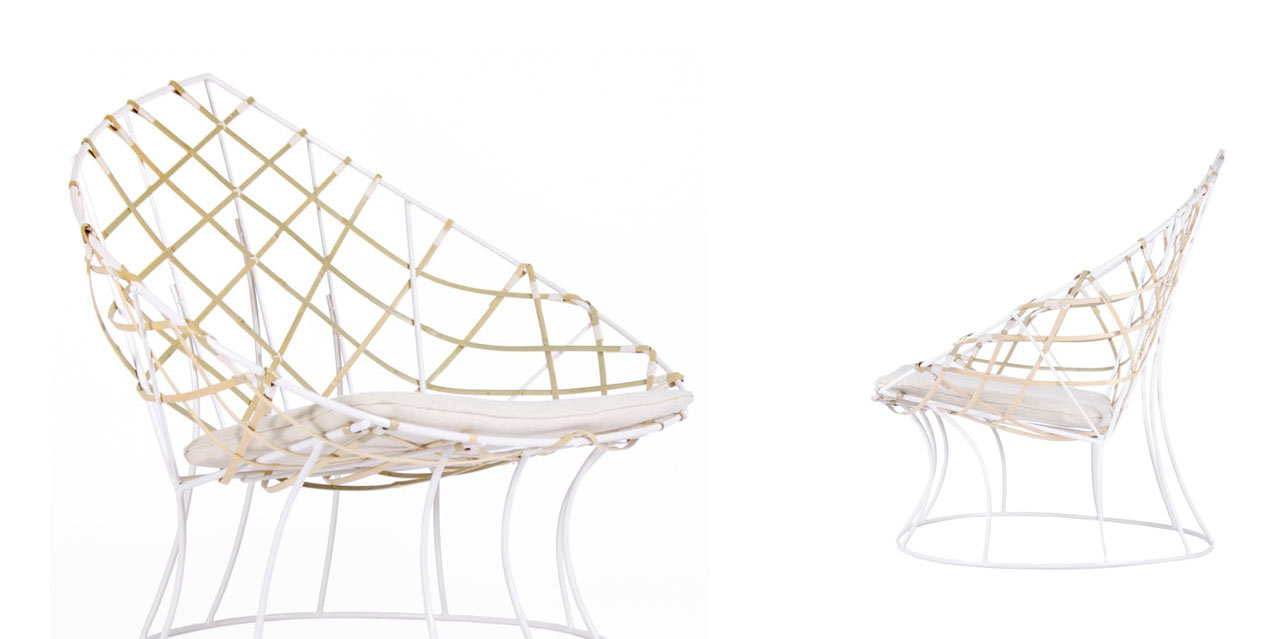 close
close
CloseKnit Lounge Seating
Read moreKairi Nishimura (Tama, Product Design) Michelle Sugeng (ArtCenter, Environmental Design)
Inspired by Lanna bamboo hat making, CloseKnit lounge seating embraces Thai culture’s sense of community. The seat’s wire frame provides a structure for artisans to handcraft natural materials, such as woven bamboo or cushions made from water hyacinth or Thai silk.
 close
close
Open Hand Lighting
Read moreHinako Kawasaki (Tama, Textile Design) Anna Meddaugh (ArtCenter, Environmental Design)
Elevating banana fiber craft in Phayao, Thailand with elegant handmade lighting, radiating magical warmth while envisioning a sustainable future livelihood. The design team worked with craftswomen from the village of Baan Pa Fang, to preserve their fiber craft traditions, envision new applications for this renewable local resource, and keep the means of production within the hands of the makers.
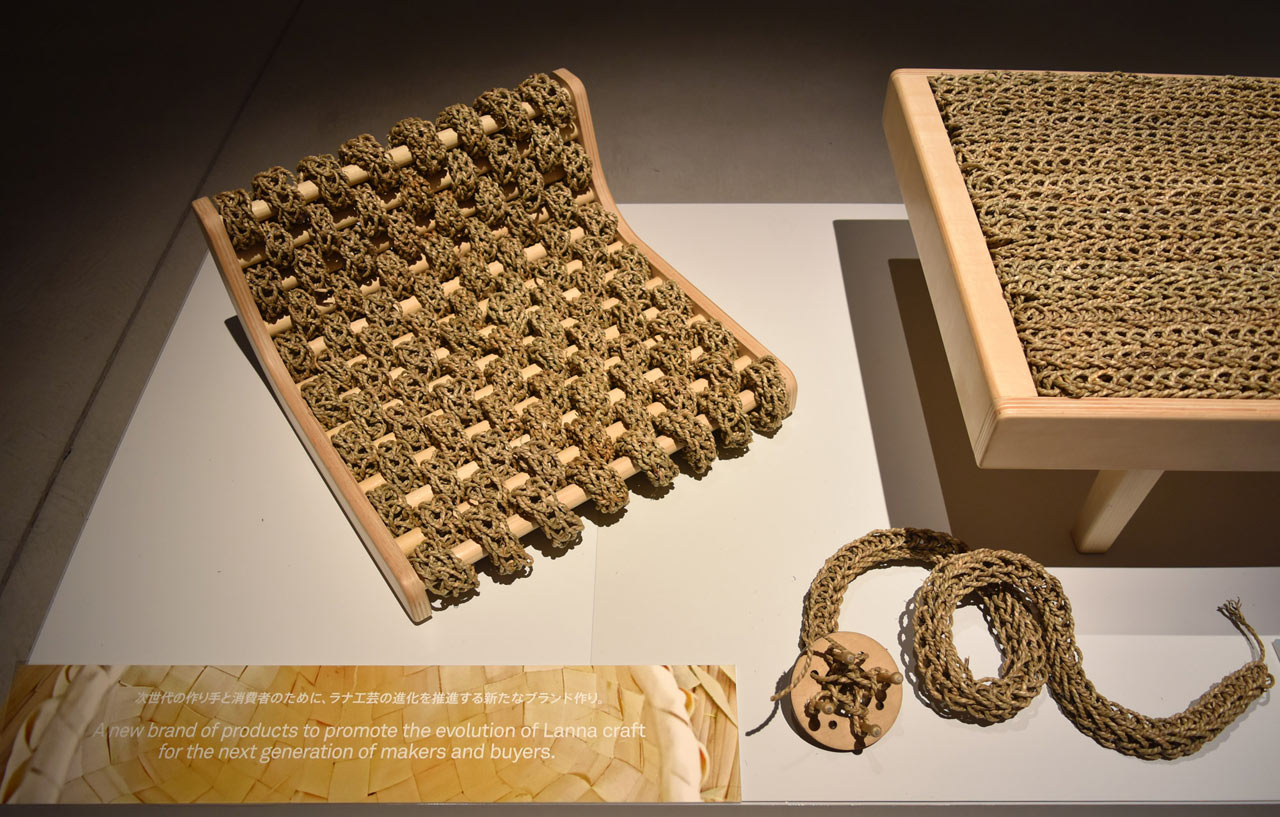 close
close
Re-Generate
Read moreArisa Nakayama (Tama, Media Arts) Emily Nyburg (ArtCenter, Environmental Design) Xiaoyi Xie (ArtCenter, Product Design)
Re-Generate envisions a new brand of products to promote the evolution of Lanna craft for the next generation of makers and buyers. Re-Generate’s lounge and floor seating is made from hand-woven water hyacinth.
 close
close
Sum Rap Thai
Read moreBrittany Lydster (ArtCenter, Product Design) Baku Shunwen Mo (Tama, Graduate Woodblock Printmaking)
Sum Rap Thai transforms agricultural byproducts into organic, compostable tableware for considered edible experiences, inspired by Thai foodways. This project aims to positively affect environmental systems, re-imagining new applications for Thai water hyacinth and bio-plastic; providing compostable ship-flat alternatives to disposable tableware; as well as supporting Thai artisans communities.
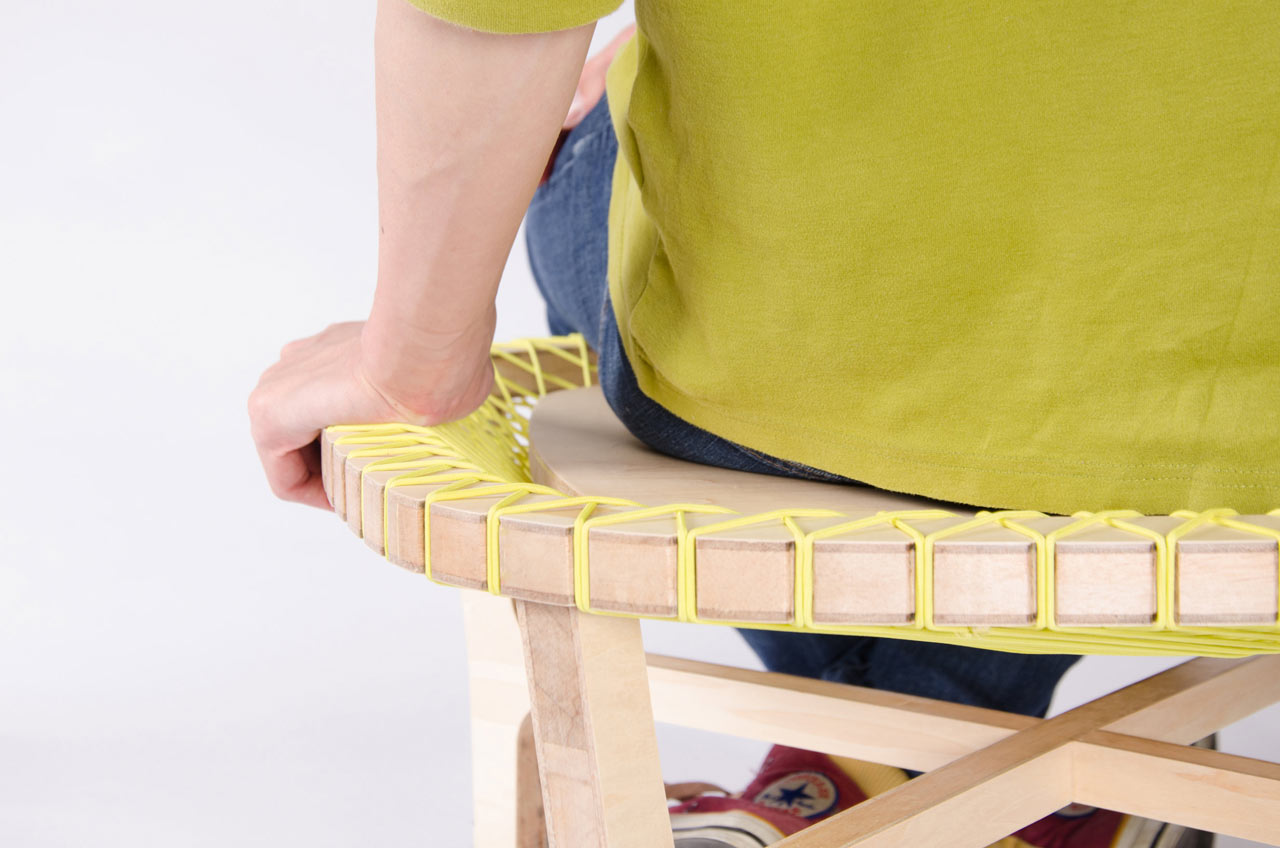 close
close
Woven Stories
Read moreMathew Simon (ArtCenter, Product Design) Ayuri Tsunoda (Tama, Product Design)
Weaving the storied traditions of Chiang Mai’s rich textile culture into playful and contemporary flatpack furniture. A digitally milled plywood frame provides structure for Northern Thai artisans to hand-weave cord into suspension for the seat, and to create unique color and textile cushion patterns.
 close
close
Motion + Emotion
Read moreRae Chye (ArtCenter, Environmental Design) Tsubasa Koshide (Tama, Product Design)
Motion + Emotion Lighting translates the motion of traditional Lanna artisans’ process into contemporary illumination that evokes emotion and creates mesmerizing experience. The dramatic motion of splitting bamboo and weaving it back together inspires a digitally-designed, hand-woven bamboo wall light that casts interweaving shadow patterns on the wall. A collection of wall and floor lights translates the motion of winding threads. The wall lights use induction to create an intuitive dimming interaction, like a loom’s shuttle, allowing people to create shadow patterns and weave color and light together on the wall.
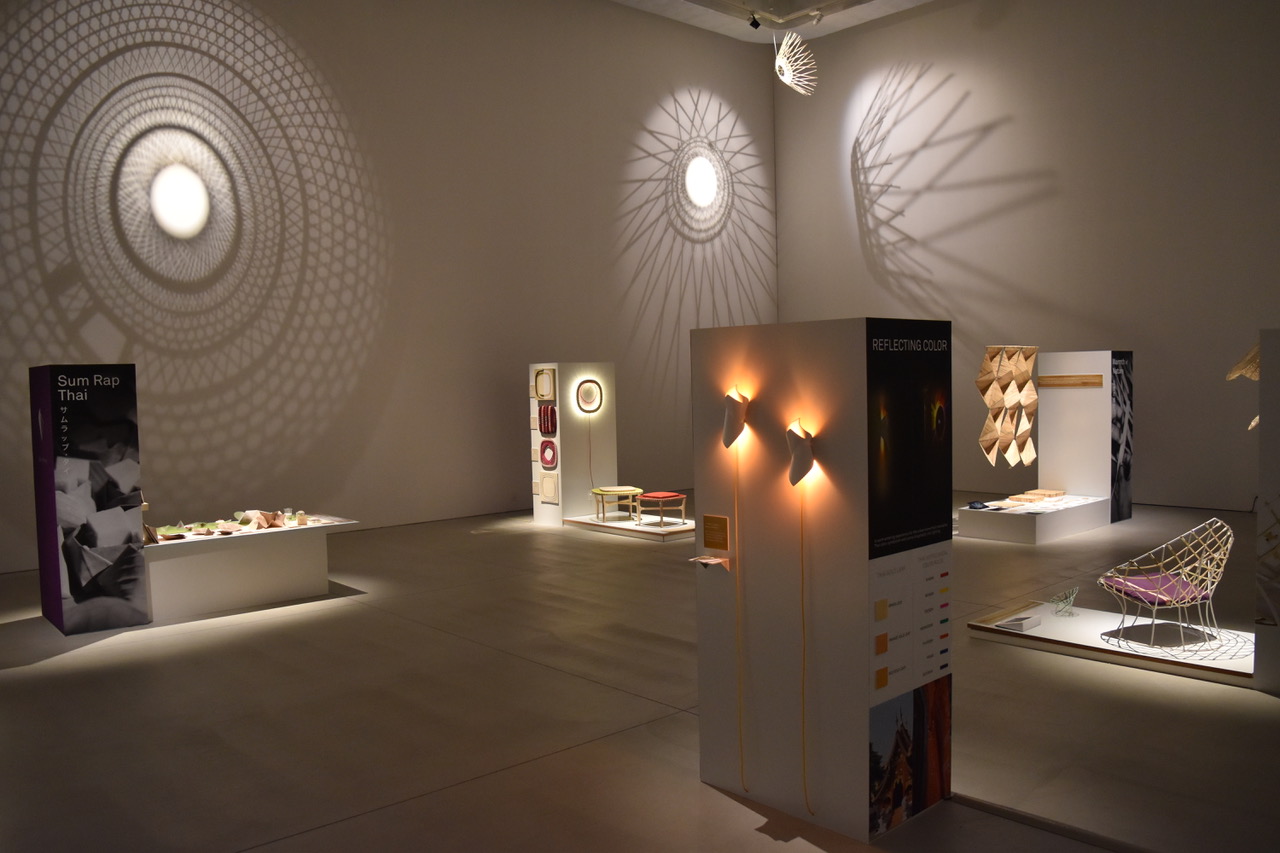 close
close
Reflecting Color
Read moreHae Jun Eum (ArtCenter, Environmental Design) Dan TANAKA (Tama, Product Design)
A warm entering experience for the urban home that translates Thai color symbolism and Lanna hospitality into lighting. Based on Thai astrological color theory, where each day of the week has its own color, the Color Clock projects hues of light to show the color of the day, along with an illuminated hour hand and minute hand. Inspired by the warm Thai welcoming ceremony and Lanna architectural ornaments that emphasize the entrance area and to protect the house, the porcelain wall light is lined with gold leaf to create a warm welcoming glow.
Future Craft Thailand Final Presentation & Exhibit
The student teams presented their work to over 80 attendees including the Thai Ambassador to Japan, the Advisor to the Thai Minister of Industry, other dignitaries from the Thai Ministry of Industry and Embassy; as well as Luxmee-san and her LCCA staff; Phayao University leadership.

“Collaboration across cultures is the heart of Future Craft Thailand. Design student teams from ArtCenter College of Design in Pasadena, CA and Tama Art University in Tokyo co-create together with Lanna craftspeople in Northern Thailand, thanks to our partnership with the Lanna Culture & Crafts Association and support from the Thai Ministry of Industry.”
—Penny Herscovitch & Dan Gottlieb, Associate Professors, Environmental Design
Research Booklet
-
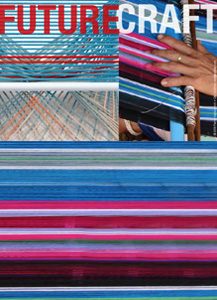
-
Future Craft Research Methods booklet
Download PDF
